Long exposure photography can produce stunning photos. Nighttime shots can bring out unexpected detail and create amazing light effects. Daytime long exposure can create images with haunting moods and ethereal imagery. None of this is actually hard to achieve, but it does take a little thought and preparation. Here are some tips to ease you into long exposure photography.
Table of Contents
1) Steady As She Goes
Vibration is the bane of long exposure. The slightest vibration will blur the picture. Sometimes you can use a table or an improvised stand, but the best way to steady the camera for long exposure is a tripod. It keeps the camera far steadier than you can hold it or support it on most surfaces. A remote shutter release is also useful, though not as important as the tripod. You can use the camera’s shutter delay so any vibration caused by pressing the shutter release does not show up in the shot when you start shooting long exposure. Eventually, though, you will want a remote.
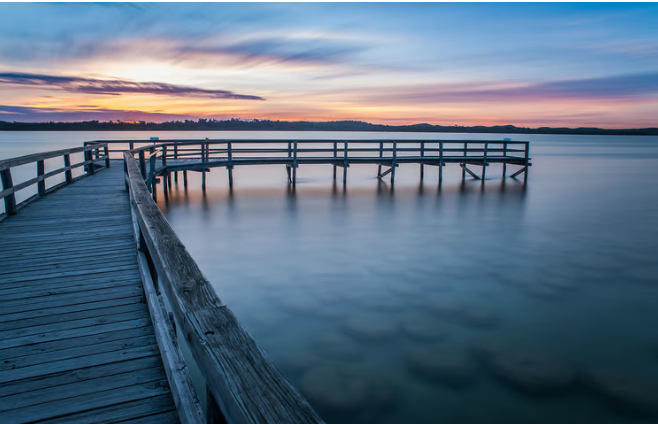
2) Research
You can just see a spot that looks promising and set up, but it is better to prepare ahead of time. Once you know where you want to shoot take some time to walk around the area and see how it looks. Find the best place to set up for the kind of picture you want to shoot. If you plan to shoot during the day, check the weather for the time you are going to shoot. You will want a day that is partly cloudy with wind to provide movement. If there is no wind and the clouds aren’t moving, the shot may not look any different than a normal photo.
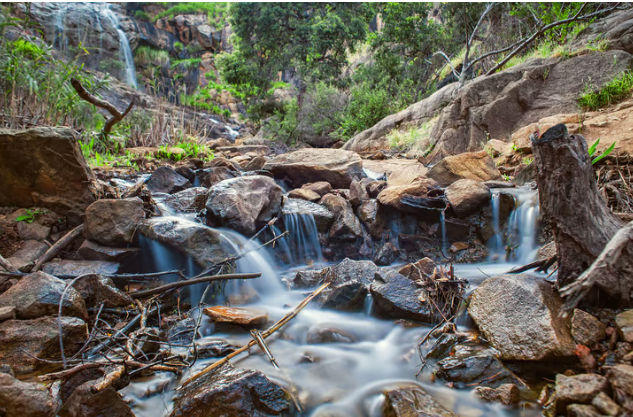
3) Compose Your Picture
As exciting as the nifty effects you can create with long exposure are, it is still important to pay attention to the things that are notable for their stability. Walls, building, plants, whatever is in the photo that will not move during the exposure is as important for the total effect of the shot as the motion. Compose the picture, then figure out ways to improve it for long exposure.
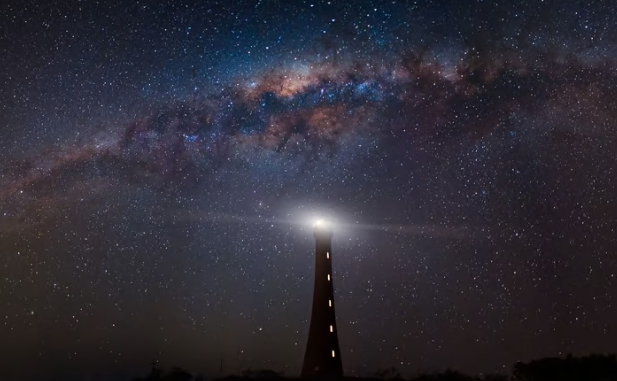
4) Plug the Leaks
Bring along black tape and opaque material you can use if necessary to block any light leaks. They could come from the viewfinder or elsewhere on the camera. Long exposure photography is relatively new as a common photographic method. Leaks that are too small to affect a normal shot can have strange effects when the shutter stays open for minutes or hours.
5) Know the Light
Even at night there will usually be some kind of light besides the stars. It might be the moon and the quality of moonlight changes as the month goes by or it could be some man made light source like a town or a campground. A few short test shots will help you understand how the ambient light will affect your picture.
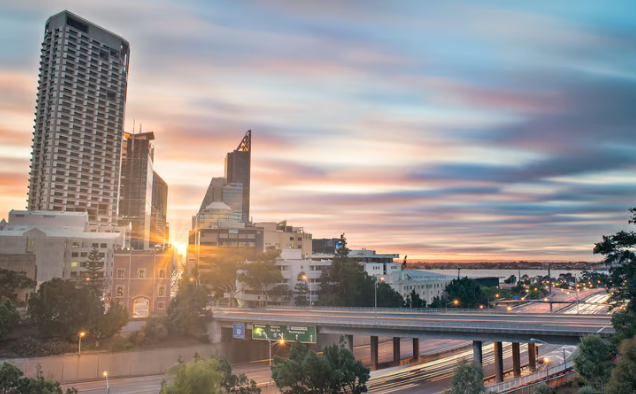
6) Final Words
Long exposure photography is a great way to take a fresh look at the world you photograph every day. It creates a sense of motion and mystery in photos that is not possible in a normal photograph. It does not new lenses or special cameras, so grab your equipment and take a long look at the world around you.
If you have additional tips or questions, please comment below.






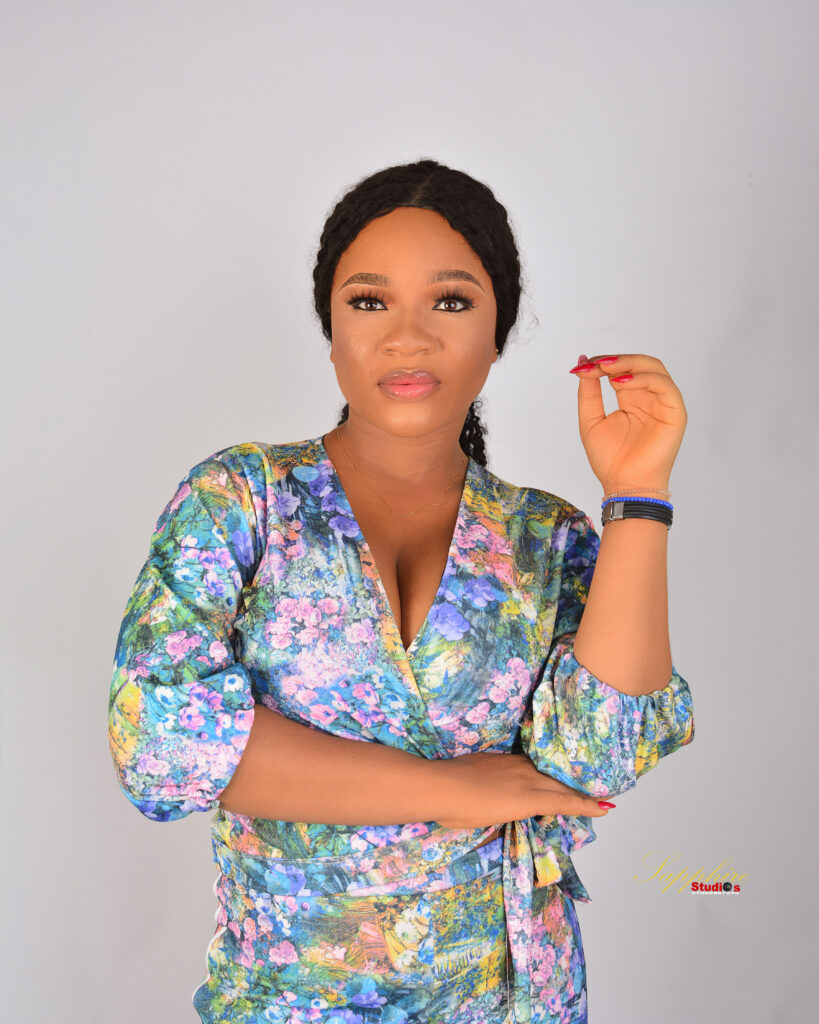

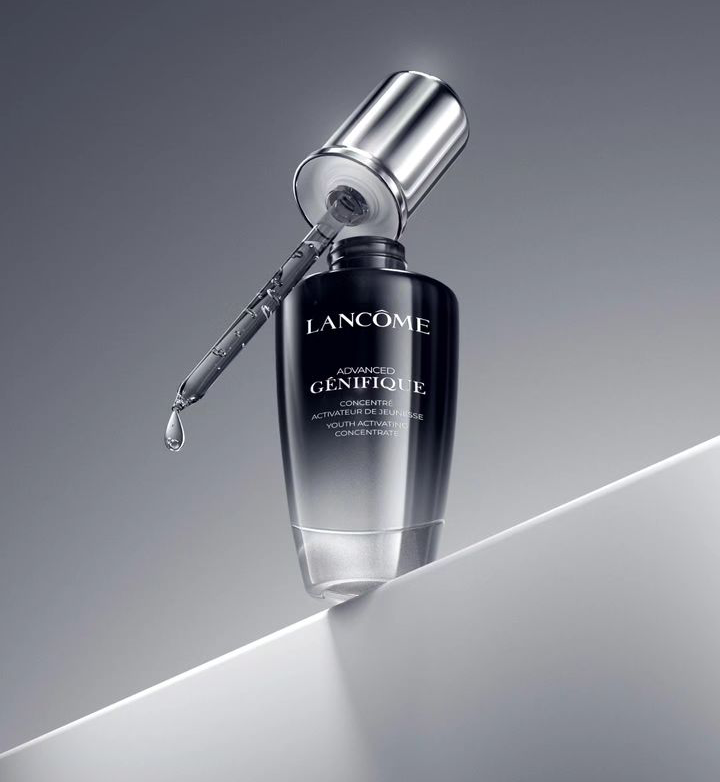

One response to “Long Exposure Photography Tips”
[…] Use a Polarizer […]